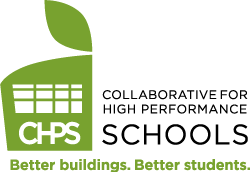 While almost all of our posts can be used to inform or educate yourself or others, here are some of our posts that provide some direct resources for learning (for adults or children/youth). Many of the resources in these listings are also very entertaining:
While almost all of our posts can be used to inform or educate yourself or others, here are some of our posts that provide some direct resources for learning (for adults or children/youth). Many of the resources in these listings are also very entertaining:
Films and TV Programs
- New Films (and Books), 2023
- Recent Films and TV: 2016-2021
- Green-Themed Films of 2015
- Films on Green Topics, 2012-2014
- Films with Green Themes: Energy, fuel, climate, food, farming, health, etc. (2006-2011)
- Films (and books) about animals (scroll down towards the end of that post)
- Fuel-Focused Films and Climactic Climate Cinema
- Recommended Film: The Cove
Books
- New Books (and Films) (2023)
- Book Suggestions (2022)
- Book Suggestions (2021)
- New Books (2020)
- Book Suggestions (2019)
- Books on Sustainability Topics
- Books (and films) about animals (scroll down towards the end of that post)
TED Talks (videos)
- Selected TED Talks to Watch (Part III)
- More TED Talks to Watch (Part II)
- TED Talks to Watch (Part I)
Other Resources
- Green Curricula and Environmental Learning Activities
- Reputable, Fact-Based News and Information Sources (media)
- Youth Organizations Making Waves and Effecting Change
What are some of your favorite, recommended educational resources on environmental topics? Let us know in the Comments.



